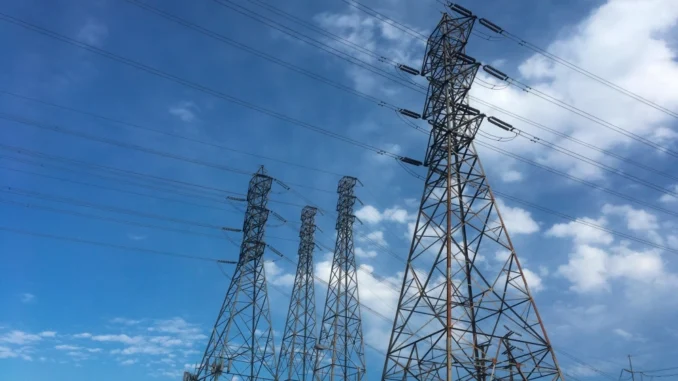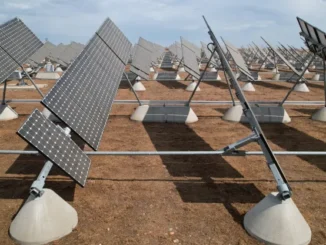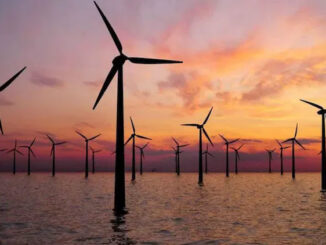
Stock up on candles. Blackouts could hit California again this summer, reported the Sacramento Bee. Although 2021 avoided power losses, 2020 saw “two consecutive nights of rolling blackouts,” the first since the 2001 electricity crisis. This year could be as volatile. The paper quoted Mark Rothleder, senior vice president with the Independent System Operator, which runs the grid. “The temperatures are still high, the demand is relatively high,” he said.
Added Alice Reynolds, president of the Public Utilities Commission, “We know reliability is going to be difficult. We know climate change is putting Californians at risk of further outages.” The ongoing drought also is reducing the amounts of water needed for hydro power from dams.
Whatever is going on with the climate does not preclude proper planning for adequate power.
“The threat of blackouts is real,” Adrian Moore told us; he’s a vice president at the Los Angeles-based Reason Foundation. “The cause is not climate change. We’ve had hot summers and blackouts for decades. It’s the same cause every time, which is the failure to create a resilient and adequate supply of electricity at a reasonable cost. Instead, California has high-cost electricity that is fragile and susceptible to blackouts.”
One who is realizing this is a problem is Gov. Gavin Newsom. He remembers how the 2001 crisis was a major factor in the recall of Gov. Gray Davis in 2003, ending his presidential ambitions. Gov. Newsom recently said he’s open to extending the 2025 retirement date for the Diablo Canyon nuclear reactor near San Luis Obispo. It produces 2,280 megawatts of electricity, which PG&E says is “nearly 10 percent of California’s energy portfolio.”
Although wind, solar and thermal renewable energy sources are coming on line, not enough are ready to prevent potential blackouts. Mr. Moore also pointed to what’s called Fourth Generation nuclear power, which he said is “very safe and very reliable and not as expensive as Diablo Canyon.”
Last year, scientists at Stanford and MIT released a study on Diablo Canyon. It found delaying the closure to 2035 would “save $2.6 billion in power system costs, and bolster system reliability to mitigate brownouts.” Delaying it to 2045 and beyond “could save up to $21 billion in power system costs and spare 90,000 acres of land from use for energy production, while meeting coastal protection requirements.”
There’s a bonus for the environment. Just the delay to 2035 would cut Golden State power sector carbon emissions “by more than 10 percent from 2017 levels” and reduce reliance on gas-powered generators. A plant to produce hydrogen even could be hooked up to produce the fuel for the growing number of hydrogen-powered vehicles.
Last July, Republicans in Congress introduced H.R. 4394 with co-sponsors from throughout California. Its current main sponsor is Rep. Ken Calvert and it’s in the House Energy and Commerce Committee. Gov. Newsom needs to get Democratic co-sponsors for the bill, who then can push it through the Congress they control. This should be a no-brainer.
In the short term, California needs to keep all sources powered up. In the long-term, in addition to keeping Diablo Canyon running as long as possible, new nukes are the way to go.
Source: Ocregister.com



